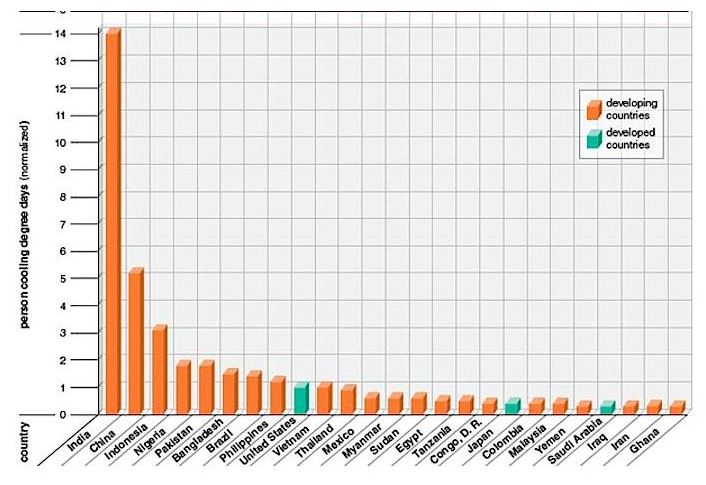Personal Cooling Trends

Growing Market Opportunity for Licensing, Generation PCM 4.0
Hot environments are a threat for daily life, sports and exercises, work, military drills and operations. Ambient air cooling has been proven to be ineffective when air temperature reaches 86°F/40°C or higher, particularly when relative humidity is also high. In a hot and dry environment 113°F/45°C and 10% relative humidity, the study of ventilated vest ambient air alleviated heat strain when subjects wore military clothing. However, a recent study showed that continuous cooling of the torso by use of a fan-driven ambient air at 113°F/45°C and 20% relative humidity is not efficient.
Personal cooling with phase change materials to improve thermal comfort from a heat wave perspective.
The impact of heat waves arising from climate change on human health is predicted to be profound. It is important to be prepared with various preventive measures for such impacts on society. The objective of this study was to investigate whether personal cooling with phase change materials (PCM) could improve thermal comfort in simulated office work at 93°F/34°C. Cooling vests with PCM were measured on a thermal manikin before studies on human subjects. Eight male subjects participated in the study in a climatic chamber (T(a) = 34°C, RH = 60%, and ν(a) = 0.4 m/s). Results showed that the cooling effect on the manikin torso was 29.1 W/m(2) in the isothermal condition. The results on the manikin using a constant heating power mode reflect directly the local cooling effect on subjects. The results on the subjects showed that the torso skin temperature decreased by about 2-3°C and remained at 92°F/33.3°C. Both whole body and torso thermal sensations were improved. The findings indicate that the personal cooling with PCM can be used as an option to improve thermal comfort for office workers without air conditioning and may be used for vulnerable groups, such as elderly people when confronted with heat waves.
PRACTICAL IMPLICATIONS:
Wearable personal cooling integrated with phase change materials has the advantage of cooling human body’s micro-environment in contrast to stationary personalized cooling and entire room or building cooling, thus providing greater mobility and helping to save energy. In places where air conditioning is not usually used, this personal cooling method can be used as a preventive measure when confronted with heat waves for office workers, vulnerable populations such as the elderly and disabled people, people with chronic diseases, and for use at home.
As the climate warms over the next decades, energy needed for cooling developing nations would far outstrip current air conditioner use in the US.
The need to cool people in the rapidly growing megacities in India, Southeast Asia and other developing nations will dwarf the amount of cooling used now in the relatively temperate United States, even though the US currently is the world’s heaviest user of air conditioners, according to a study by Michael Sivak, a research professor at the University of Michigan.
Sivak looked at mean daily outdoor temperatures and population growth figures, and his graph shows how much air conditioning use there would need to be if these countries adopted air conditioning along the lines of America’s example.

Such a massive increase in the energy needed by air conditioners would only make climate change worse.
Body cooling, not space cooling?
But will we continue to condition the air in spaces around people? Or would it make more sense as the climate heats up to simply to devise technologies that just cool people?
Even today, cooling vests are used by firefighters who need to survive conditions people couldn’t otherwise survive in; in order to fight wildfires. Our first responders and folks on the front line deserve something better.